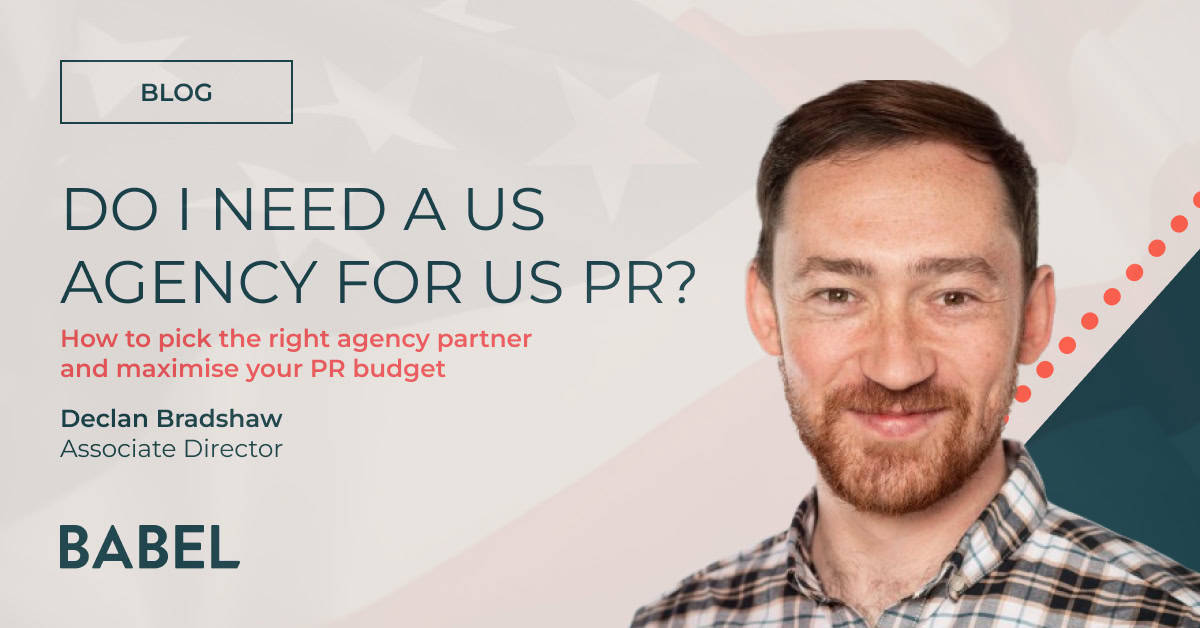Top PR media pitching tips: Part II
Last week, I considered some top tips for engaging with key media. Now, for part II, I'll report back on conversations I've had with journalists themselves, during which I uncovered their do's/don'ts when it comes to communication.
Melanie Mingas, Deputy Editor at Capacity highlights the importance of quality ghost writing: "If you're going to pitch the thoughts of your client's CEO as a comment piece, deliver the thoughts of your client's CEO in that comment piece.
"Ghost writing is a skill that takes years to perfect. Writing a piece based on nothing more than internet research 1) is not ghost writing, and 2) creates an echo chamber and prevents vital dialogue on industry issues and challenges."
It's all about images for Holly Brockwell, a freelance tech journalist: "The biggest tip I can give is to please, PLEASE put the images for your pitch somewhere they won't expire. Don't attach them to the email, don't use WeTransfer. Put them in a Google Drive or Dropbox folder and share the link, then LEAVE THEM THERE.
"Often, I come back to a pitch weeks or even months later when I have a piece it'll fit for, and if the images aren't available when I'm on deadline, it'll get skipped for something I have pictures for. Ninety-nine per cent of the time I don't have time to email asking for images to be sent, and often I'm working in the middle of the night, so please just make it easy on us both and leave them somewhere I can access them."
Mike Moore, Editor at IT Pro Portal says research is the most important thing: "If you really want to catch a journalist's eye - do your research!
"It's very obvious when someone has taken time, and even just a quick scan of a website or list of articles can show what a journalist is interested in, meaning you can tailor your pitch to appeal to them in the best way - and that can make all the difference."
Like Ray Le Mistre, Alix Pressley, Editor at Intelligent CIO Europe looks for concise pitching: "I would prefer short, sharp pitches that are concise and straight to the point as opposed to long word-heavy ones."
Mirko Zorz, Editor at Help Net Security also looks for efficient pitching: "Don't start an email with 'As I'm sure you know' and then write several paragraphs. Why would I want to waste time by reading an email with things I already know while my inbox is slammed with a plethora of messages wanting attention?
"Don't write more than two paragraphs, just tell me what you're pitching and who you're pitching. Concise emails grab my attention because they value my time.
"This might sound obvious, but it's not - use the correct email address, don't send a copy of the pitch to every email address you can find for a publication."
It's all about context for M Prushothma Rao, Founder and CEO at The Fast Mode: "It's all about context. We receive news pieces which, if worded a little differently, would have been perfect for the front page.
"At the end of the day, we want all the content that appears on our publication to tie in with the main theme, i.e. the core message we are trying to drive. So pitches that highlight the relevance of a news piece or an industry update to the context we are trying to build get our attention every time. Customised pitching and a little bit of word play does the trick."
The past year has proved the importance of good media relations when it is no longer as easy as reaching a journalist via their newsdesk number. Cultivating genuine relationships with journalists, and being concise in communication, seems more important than ever.
If you would like to find out more about great media relations and successful pitching to get clients' messages heard by the right audience, please do get in touch.




.jpg)



